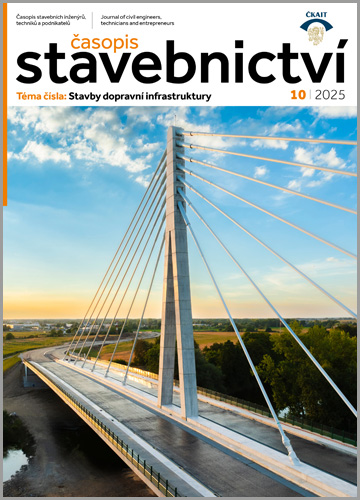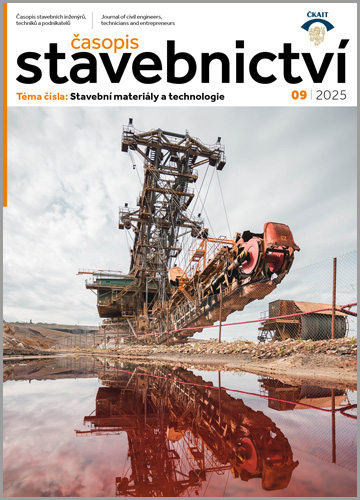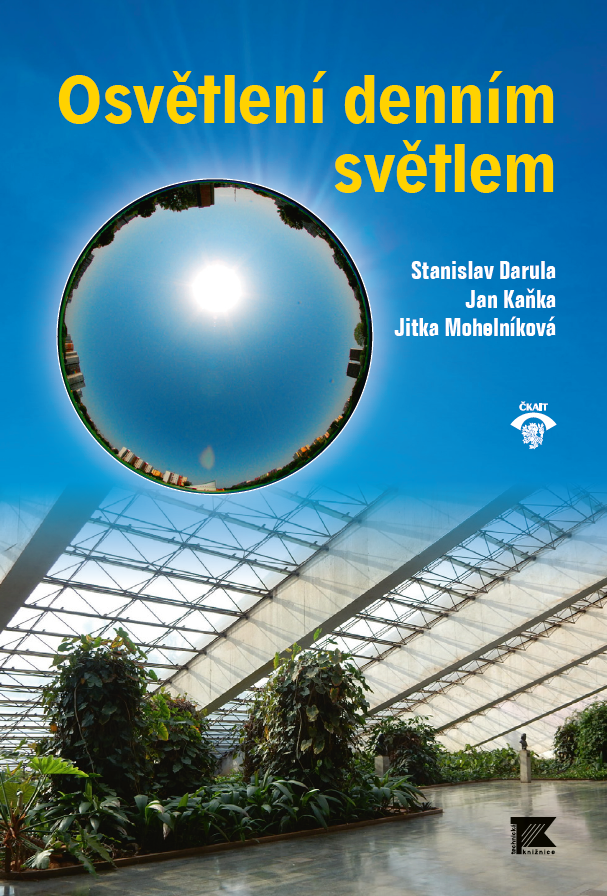TOB 4/2015
Projection, Theory, Surveys
Ensure the desired internal temperature after the required heating break based on TNI 73 0331:2014
Jaroslav Řehánek, Vlastimil Kučera, Ondřej Smolík
In TNI 73 0331:2014 [1] is determined a heating mode for the administrative buildings, such that 11 hours heating, 13 hours interruption within the total heating cycle accounting for 24 hours. The lowest internal temperature allowed is 16 °C. Ensuring this technical requirement is related to the thermal heating of the building. The potential opportunities are described in the article.
Energy Need for Cooling Buildings – Case Study
Ivan Chmúrny
Increasing the thermal insulating properties of walls, roofs, floors and openings structures has a positive impact on reducing heat loss and energy need for heating. When evaluating the energy need for cooling in buildings with year-round conditioned spaces, however, this tendency increasing thermal insulating properties lead to increasing energy need for cooling, if sensitivem do not apply measures to reduce heat gains through transparent structures.
Note to the diffusion conductivity of water wapor in the air
Jaroslav Řehánek, Petr Školník
Solar aperture area of the whole building
Pavel Kopecký
This paper deals with the aggregated thermal characteristic of the whole building. The derived characteristic quantifies total solar transmittance of transparent and opaque building components and is called as solar aperture area of the whole building. The basic properties of the solar aperture are studied, especially its daily and seasonal variability. Moreover, the example calculation of the solar aperture area for two building types (family and residential house) is performed. Finally, the paper briefly discusses the possibilities of practical use of solar aperture
area.
Realization and Quality of Buildings, their use
English backyards – their efficiency during reducing monture in masonry
Michael Balík
The author of this article is being put into shoes of the designer of the original structure and whilst describing particuar types of structures, he „sets“ ways and practical adjustments in relation to the future state of the buildings‘ masonry.
Lightning protection for wood structures according valid legislation in Czech republic
Jiří Kutáč
Materials and Products for Buildings
Design details providing for the important Windows characteristics, dilatation and a close surroundings in the design process
Peter Snopko
Drawings of wooden, plastic and an aluminium windows convey information even before the manufacturing and installation starts, is very advantageous. Should I, a technician, be consistent, even in construction, prediction is the best prevention of problems' development. I consider the basic window prevention to bet be „a descriptive construction detail“. Number of drawings can be done for the window and door openings and light envelope of buildings. Should these openings be made of any material, these principles apply.
Innovation EPS, aiming sustainability
František Vörös
World efforts for the construction materials sustainability could not avoid even EPS insulation. Insulation sustainability analyses comparison use systems: LCA – life cycle analyses, EPD – environmental declaration about a product and recently even PEF – carbon footprint of the product. Innovation trends in EPS raw material manufacturing, EPS insulation production, application and use of waste EPS after use, will be presented.
Window openings during redevelopment of listed buildings
Petr Školník
The article discusses different requirements and opinions of the herritage protection and thermal technicians' opinion and their possible understanding for the meaningful revitalisation of the window openings in the historically preserved buildings. An example of an optimal solution with set of requirements and presentation on benefits for the properties and future use of the building.
Pre-installation of windows and doors and the floor
Jan Dvořák
Education – Conferences – Reviews
Buildings' insulation in the view of conference mirror – part V – waste plastics
František Vörös
Information from the waste plastics conference IdentiPlast 2015 will be presented in the next part of the conference findings. The conference took place in Rome; and further information from an active participation of the author on the conferences Recycling 2015 in Brno, Research and Innovation week – TVIP 2015 in Hustopeče and Days of heating and energetics 2015 in Hradec Králové, is presented.
18th international conference Thermal protection of buildings 2015
Zuzana Sternová
Laws, Technical Regulations, Standards and Recommendations
Tasks of EHB arising from the new SR legal norms
Alena Ohradzanská
Directive 2012/EU conducted in 2014 not only changes used legislation in the field of energy effectiveness, but also resumes application of the strategic and conceptual materials. The SR government approved on the 9th July 2014 the two materials – Action plan of the energy efficiency for years 2014–2016 with outlook until year 2020, and a Strategy for residential and non-residential buildings' remediation in the Slovak Republic. At least new tasks for energy management of buildings were decided for the upcoming period.
Overview of selected ČSN issued from May 2015 to July 2015
Michal Dalibor
New Czech technical norms with subject to the light envelopes of buildings, sustainability in construction, map of a big scale, and an air-conditioning.
The Green Savings Programme
Press releas MŽP
Info Service
Press releases of the European Commission
Press releas MŽP
Foreign magazines – selected topics













